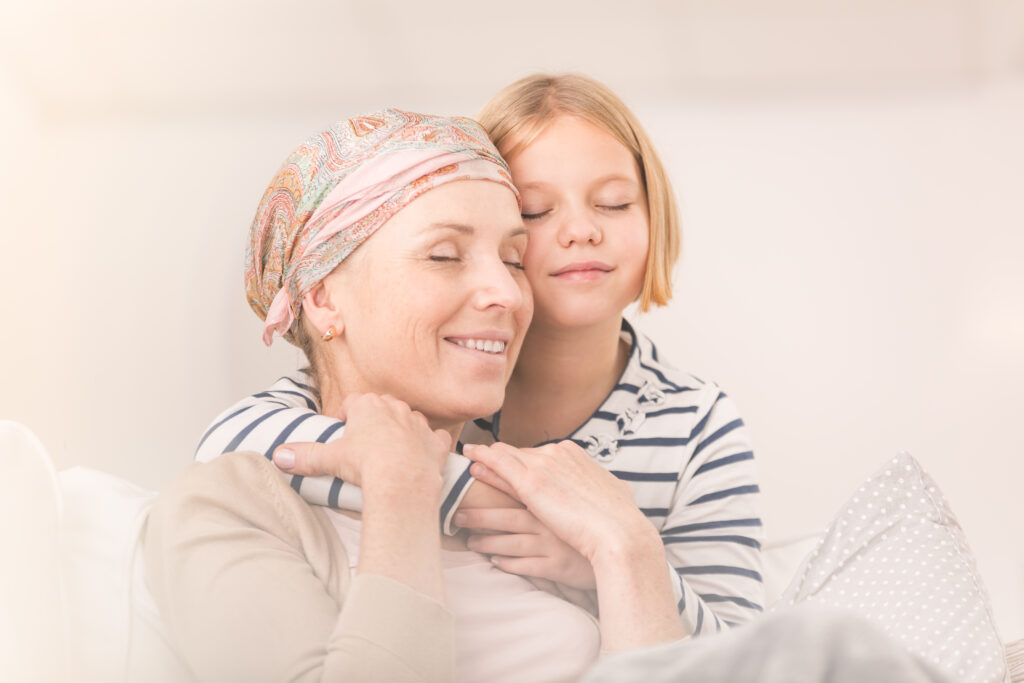If we can share our story with someone who responds with empathy and understanding, shame can’t survive.
Brené Brown

I recently shared a personal experience with one of my interns about a hospital patient who once looked at me and said, “Ma’am, how could you possibly understand what I am going through?” I was a new therapist and It was the first time the nursing staff requested I visit with a patient who had zero interest in talking to me. To be honest though,I kind of agreed with him. How could I understand what this man was going through? He was an elderly black man who recently had his leg amputated due to complications with diabetes. As a young white woman without medical issues,our life experiences were very different. I definitely didn’t know what it was like to be him and I felt like a complete failure when I walked out of his room after he asked me to leave.
Sharing our story, especially when it’s a traumatic one, can be a difficult process, especially when it’s with a complete stranger. When we are able to connect through with someone who shares a common narrative, something interesting happens. I’ve seen this spark in the therapy groups I hosted at the hospital. One patient would start sharing about the day they had their stroke, then another would explain how their stroke was very similar, and before you know it, this group of people brought together by a common diagnosis, are behaving as though they are a group of old friends, sharing the deepest details of their most difficult moments of their lives, with perfect strangers. Whether the common experience is a medical diagnosis, an addiction, a trauma, or loss, the camaraderie one receives in group therapy leads to a sense of belonging; a sense of no longer being alone in their journey. From this place, participants can open up about their feelings, receive validation in the form of understanding, and move forward feeling supported and empowered.
If you’ve been thinking about joining a support group, now is a great time to start. Many support groups offer online and hybrid groups. If you’re located in the Triad, consider attending one of the many support groups being offered at Solutions for Independence in Winston Salem beginning in October 2022. Participants can join in person or via zoom. For more information, call 336 701 2136 or visit www.housecallcounseling.com/groups.










